Alfred Skondovitch, an artist whose work was displayed with prominent Abstract Expressionists in the 1950s and who later relocated to Alaska, where his artwork continued unabated but out of the mainstream limelight, died July 15 at 84.
Skondovitch was “one of Alaska’s master artists” and was known for “original, colorful, abstract paintings, which were deeply personal.”
Artist David Mollett described Skondovitch’s work as “a cross between Willem de Kooning and Marc Chagall” whose “paintings were really of the quality of that first generation of abstract expressionists.”
From the late 1940s through the early 1950s, Skondovitch, then in New York, participated in exhibitions at prominent galleries such as Rienzi and Egan/Poindexter, where his work was side by side with that of de Kooning, Richard Diebenkorn, Nell Blaine and Milton Resnick.
Skondovitch was born in England to Russian Jewish immigrants, and later studied with the German Expressionist Hans Hofmann in New York. He visited friends in Alaska, where he fought forest fires and met his wife, Patti. They briefly returned to New York but decided to raise their family back in Alaska and settled in Fairbanks.
His daughter, Lara Duke, said her father always felt sadness about not finding more success in New York but was determined to retain his artistic individuality, despite being out of step with typical Alaskan art.
Skondovitch mentored Alaskan artists, taught classes and continued to exhibit throughout Alaska for decades. His last individual showing was held earlier this year. A Facebook page of tributes to him drew numerous personal and artistic tributes.
In a statement on his website, Skondovitch said, “I produce my art because I have to, the way other people breathe. I have worked since childhood. In order to express myself I must get the ideas in my head on paper or canvas. My life is my art, just as my family is my life. I feel you are influenced by others in your art and you also influence others—it is this cauldron that makes the artist.”
He said his last paintings would be landscapes in tribute to Alaska and the life he led there for decades.






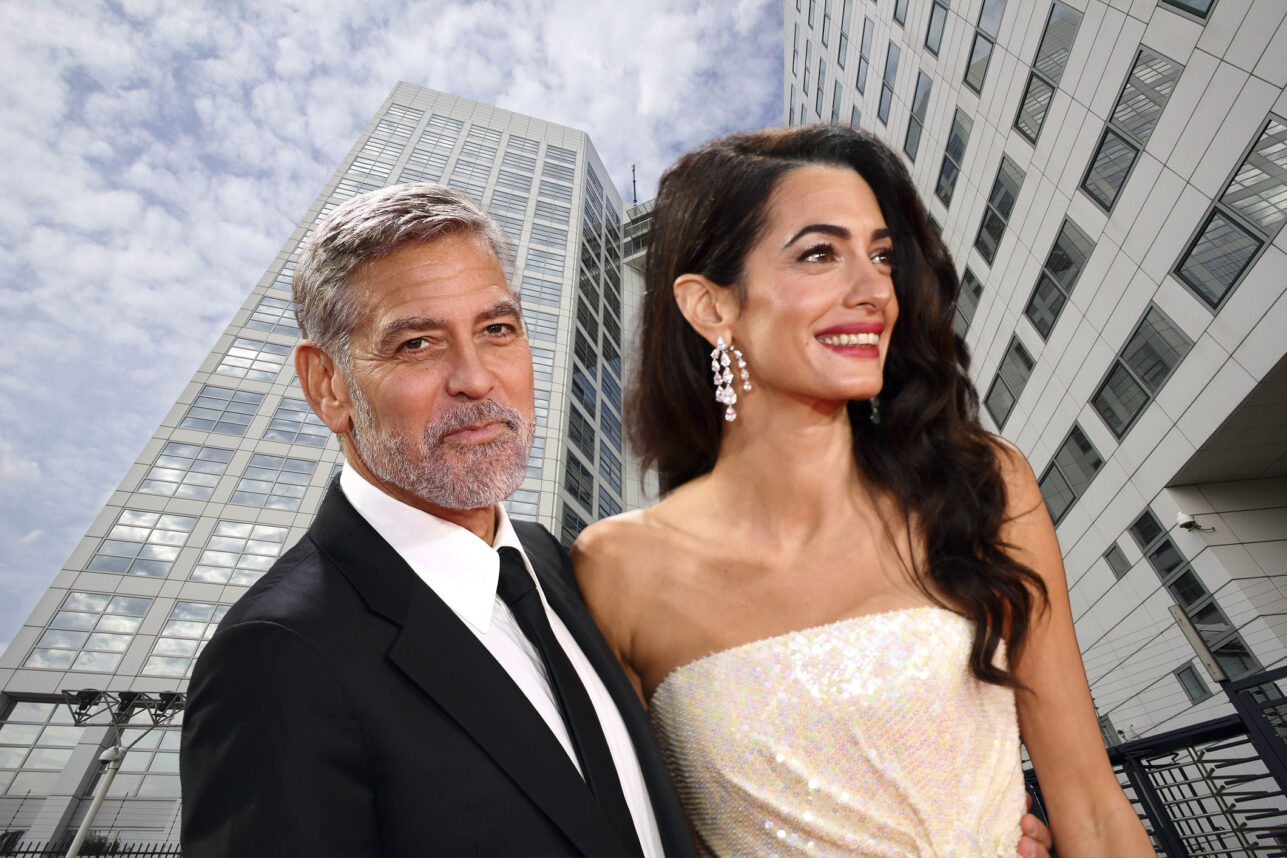


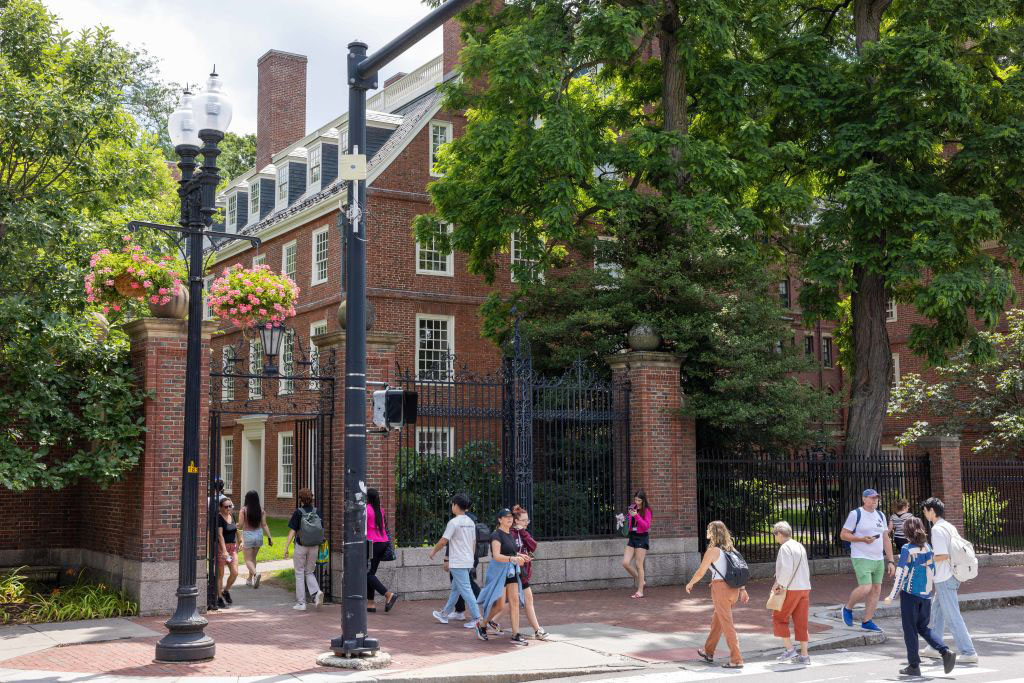

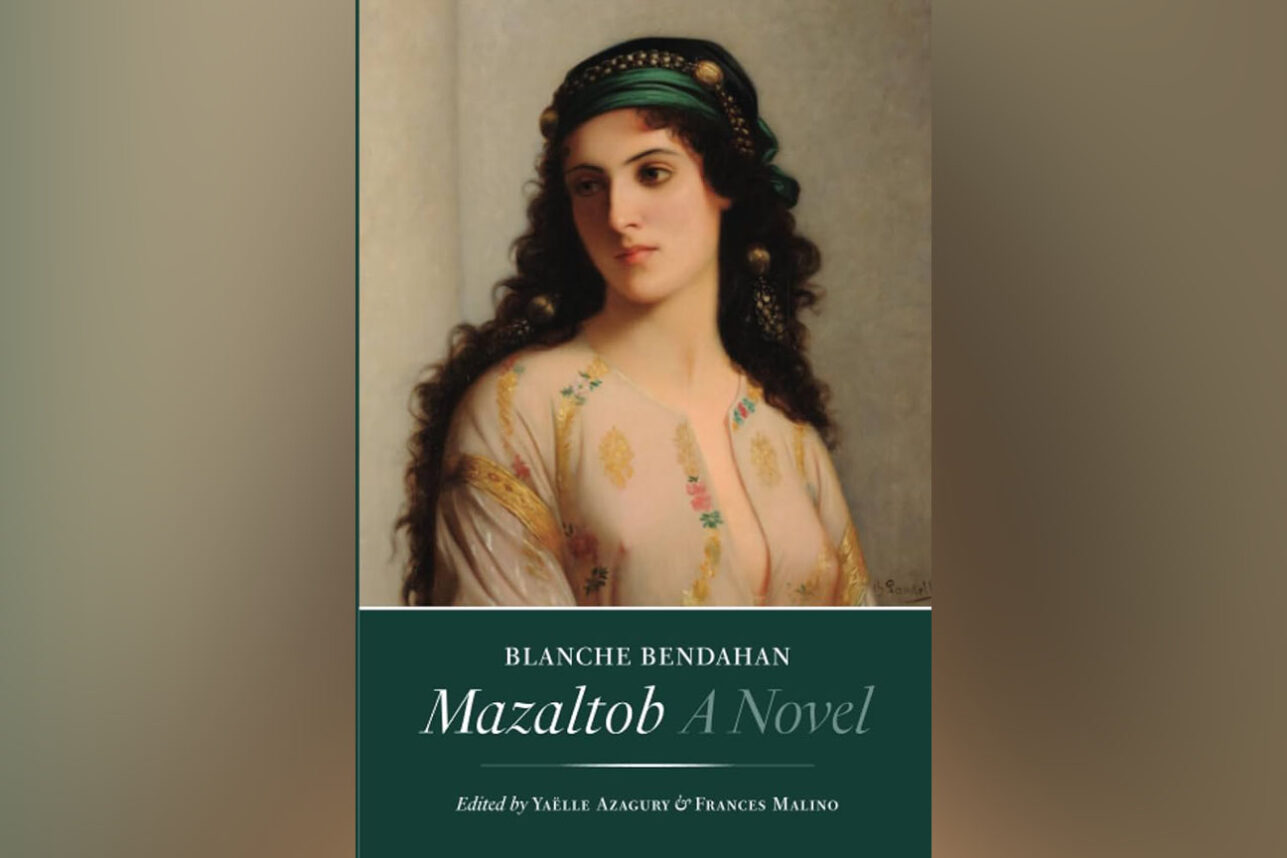
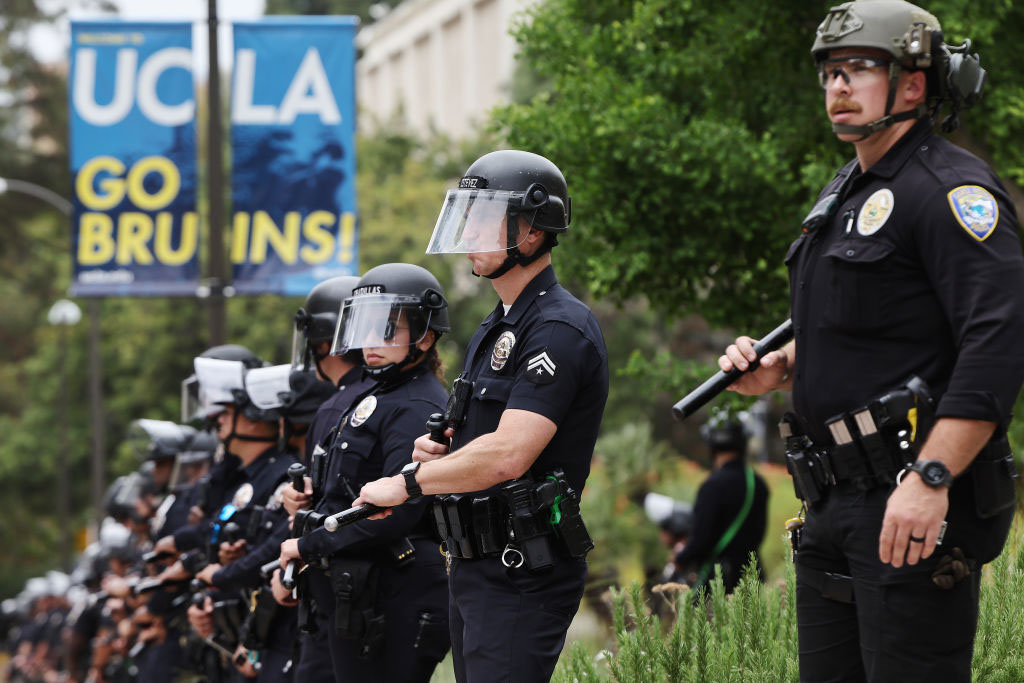


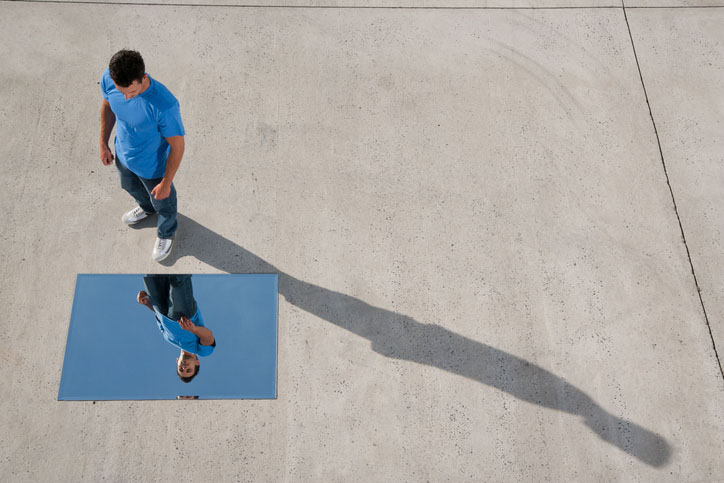



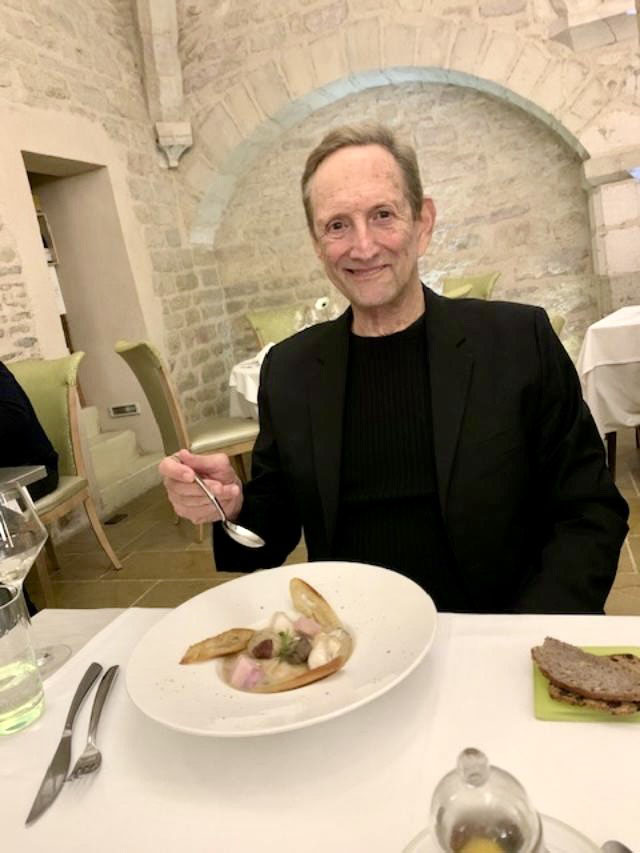
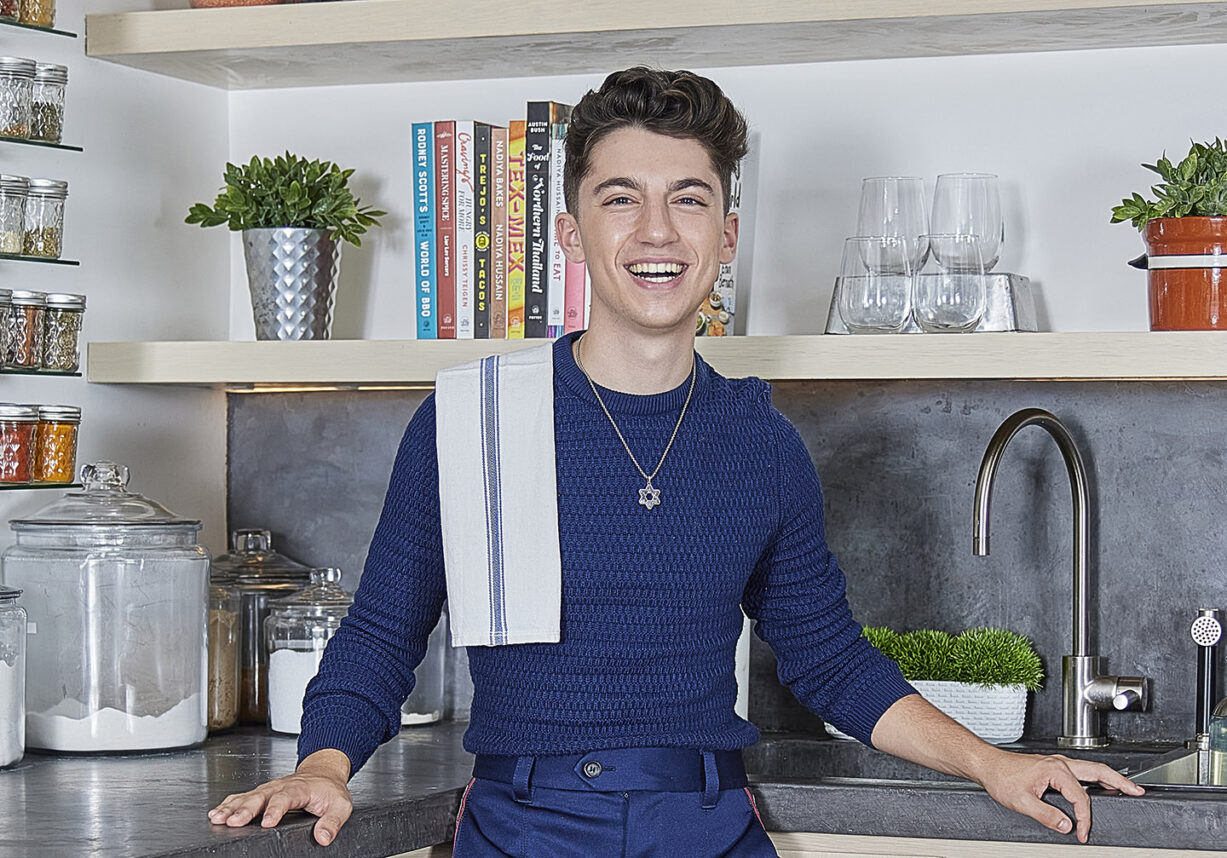
 More news and opinions than at a Shabbat dinner, right in your inbox.
More news and opinions than at a Shabbat dinner, right in your inbox.